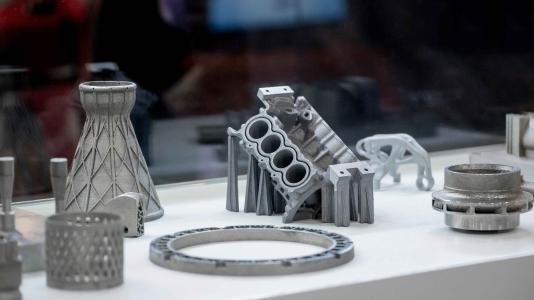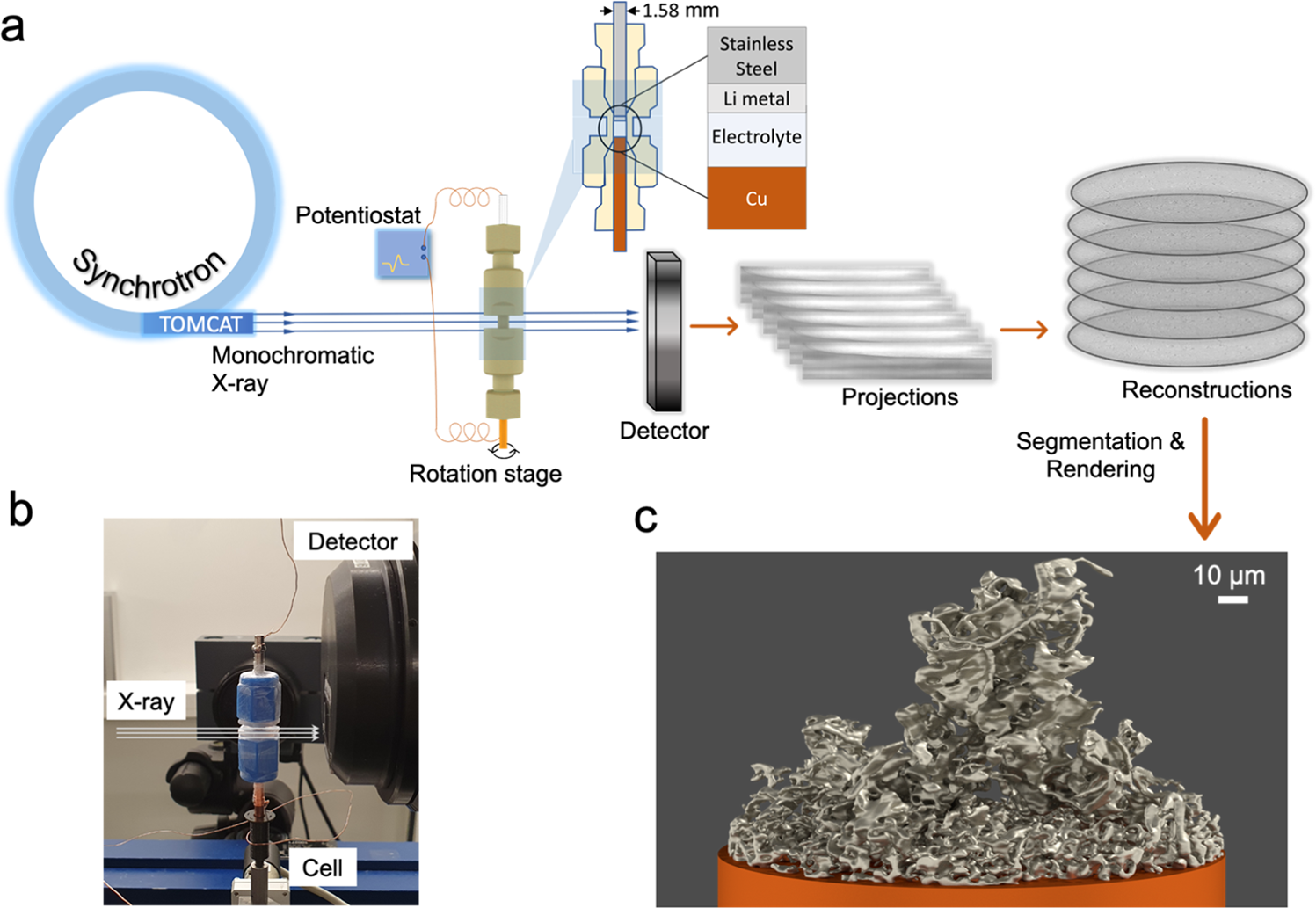ナノ・マイクロアーキテクチャー材料の最新の進歩として、カリフォルニア工科大学のエンジニアは、多数の相互接続されたマイクロスケールの結び目からなる新材料を開発しました。 In the latest advance in nano- and micro-architected materials, engineers at Caltech have developed a new material made from numerous interconnected microscale knots.
2023-03-09 カリフォルニア工科大学(Caltech)
この研究で使用されたナノスケールの結び目は、多くのエネルギーを吸収し、変形することができるが、元の形状に戻ることができる。
この新しい材料は、バイオ医学だけでなく、耐久性、可能性のある生体適合性、極端な変形性のために航空宇宙産業にも応用される可能性がある。これらの結び目は、高分子で作られたもので、複雑な結び目から構成される材料の可能性を探る予定だ。
<関連情報>
- https://www.caltech.edu/about/news/knots-smaller-than-human-hair-make-materials-unusually-tough
- https://www.science.org/doi/10.1126/sciadv.ade6725
結び目は無駄にはならない:階層的に絡み合ったマイクロアーキテクト材料の設計、特性、トポロジー Knots are not for naught: Design, properties, and topology of hierarchical intertwined microarchitected materials
Widianto P. Moestopo,Sammy Shaker,Weiting Deng,Julia R. Greer
Science Advances Published:8 Mar 2023
DOI:https://doi.org/10.1126/sciadv.ade6725

Abstract
Lightweight and tough engineered materials are often designed with three-dimensional hierarchy and interconnected structural members whose junctions are detrimental to their performance because they serve as stress concentrations for damage accumulation and lower mechanical resilience. We introduce a previously unexplored class of architected materials, whose components are interwoven and contain no junctions, and incorporate micro-knots as building blocks within these hierarchical networks. Tensile experiments, which show close quantitative agreements with an analytical model for overhand knots, reveal that knot topology allows a new regime of deformation capable of shape retention, leading to a ~92% increase in absorbed energy and an up to ~107% increase in failure strain compared to woven structures, along with an up to ~11% increase in specific energy density compared to topologically similar monolithic lattices. Our exploration unlocks knotting and frictional contact to create highly extensible low-density materials with tunable shape reconfiguration and energy absorption capabilities.



